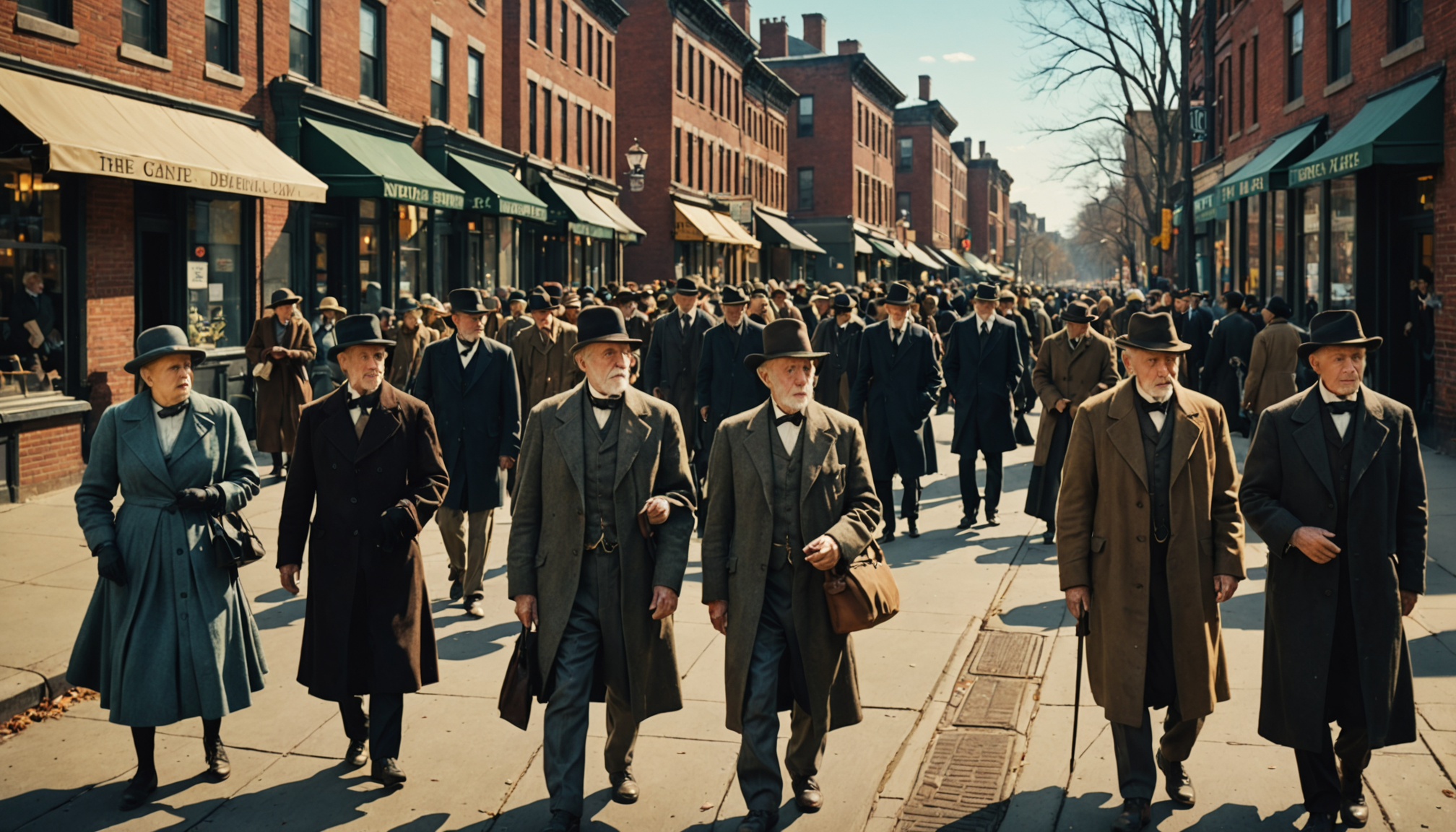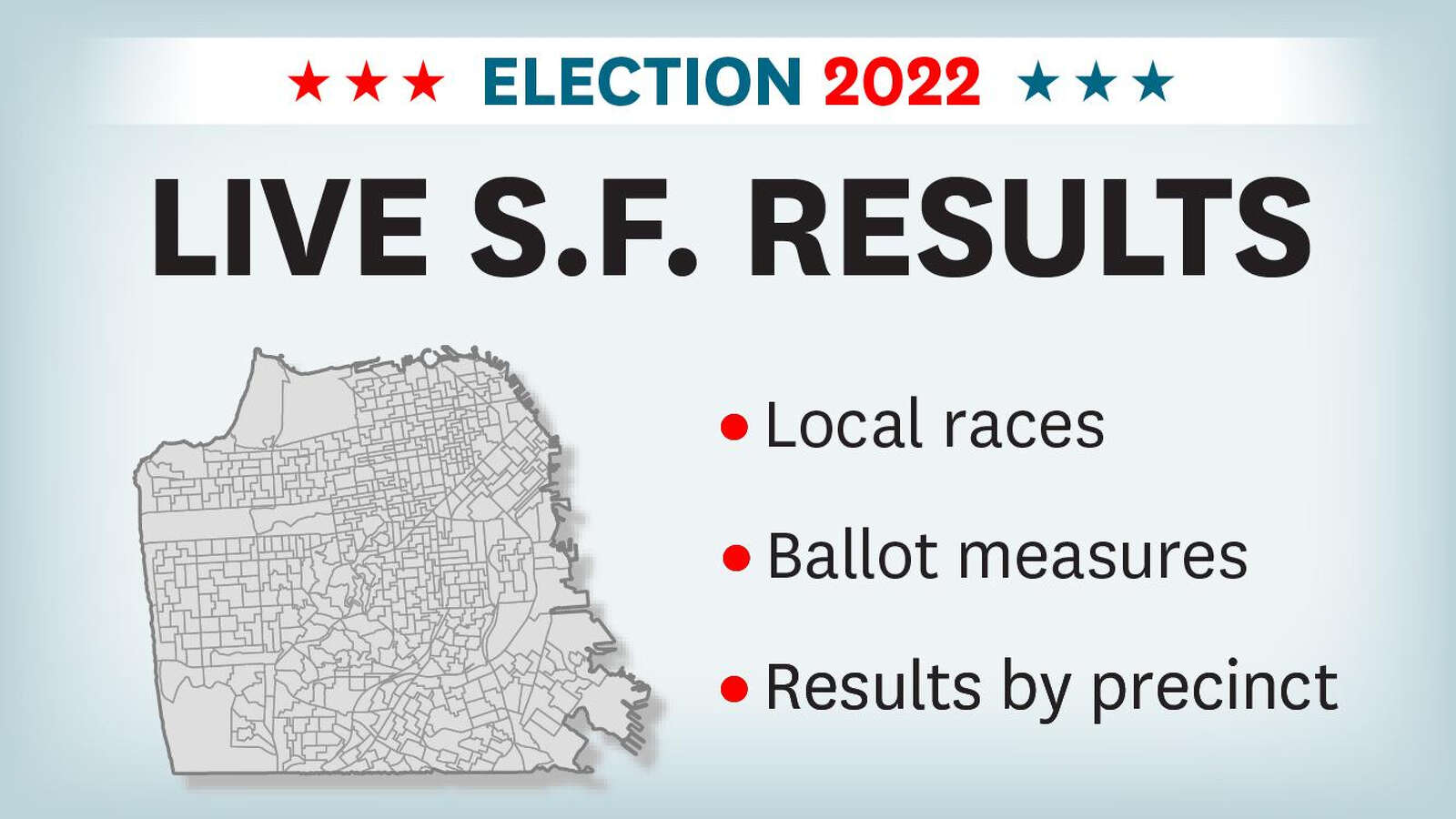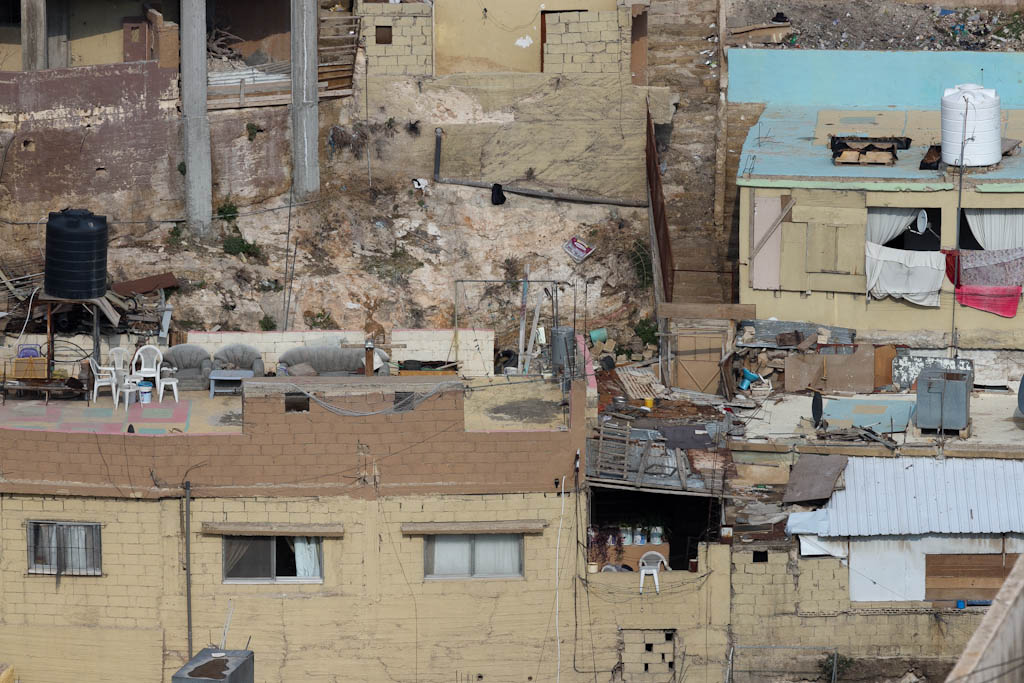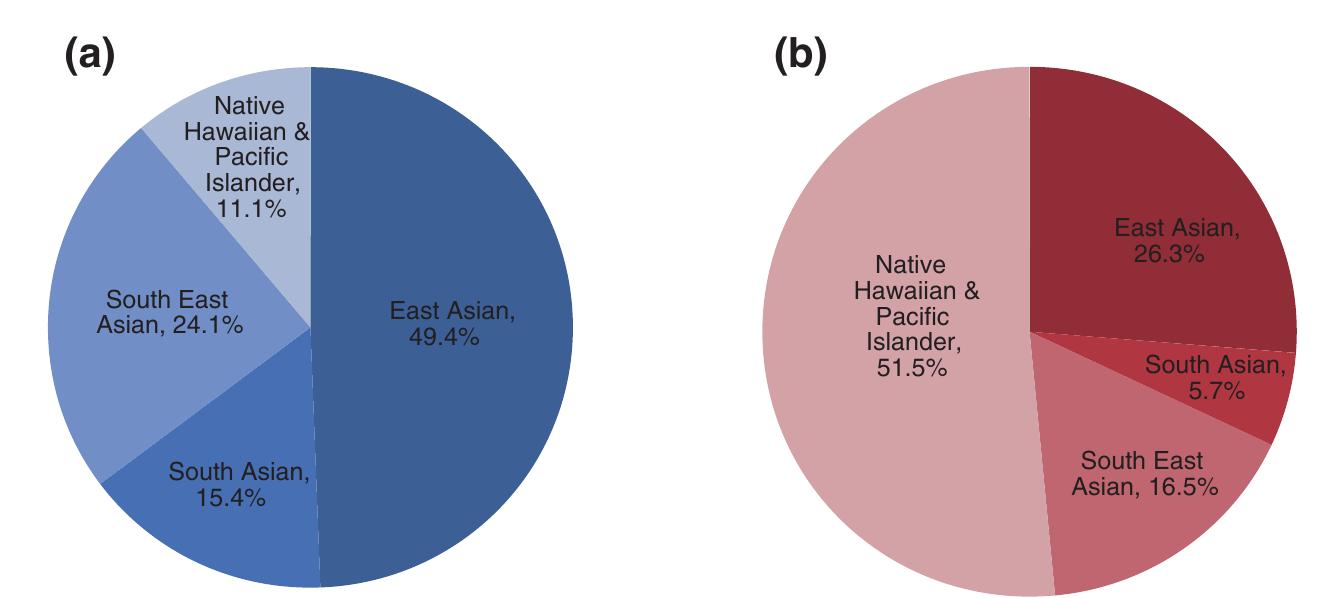
Report on Poverty and Economic Challenges Among Older Residents in Philadelphia and Comparison Cities
Introduction and Overview
Philadelphia exhibits the highest poverty rate among the United States’ 10 largest cities, with approximately 20% of its residents living in poverty. This trend extends notably to the older population aged 65 and above. According to 2023 U.S. Census Bureau data, 23% of older Philadelphians live in poverty, exceeding the overall city poverty rate of 20.3%. Philadelphia ranks among seven cities where the poverty rate for older residents surpasses that of the general population, highlighting a critical social and economic concern.
In addition to those living below the poverty threshold, 11.9% of older Philadelphians fall into a “low income” category, defined as having incomes between 100% and 149% of the poverty level. Collectively, 34.9% of older individuals in Philadelphia face financial hardship, equating to nearly 81,000 out of 231,000 older residents. This situation underscores significant challenges aligned with the United Nations Sustainable Development Goals (SDGs), particularly SDG 1 (No Poverty), SDG 3 (Good Health and Well-being), and SDG 10 (Reduced Inequalities).
Comparative Analysis of Older Populations and Poverty
Similar financial constraints affect older residents in other major U.S. cities such as Detroit and Baltimore, where over one-third of older residents live below 150% of the poverty threshold. Across the 18 cities studied, an average of 16.5% of older residents live in poverty, with an additional 10.1% classified as low income. These figures exceed the national averages of 11.3% and 8.2%, respectively, indicating a widespread issue exacerbated by inflationary pressures.
- Median income for older households in Philadelphia is $35,900, among the lowest in the studied cities.
- Primary income sources for older residents include earnings, Social Security benefits, and retirement funds, with Philadelphia’s older population earning less on average from all three sources compared to national and peer city levels.
- Labor force participation among older adults has increased nationally and locally, reflecting a trend of working beyond traditional retirement age.
Demographic Shifts and Economic Implications
The aging population is growing rapidly; Philadelphia’s older population increased by 22.3% from 2013 to 2023, while the national older population grew by 32.8%. This demographic shift presents challenges for social support systems and economic sustainability, directly relating to SDG 11 (Sustainable Cities and Communities) and SDG 8 (Decent Work and Economic Growth).
Income Levels and Sources Among Older Households
Median Income Disparities
Older households in Philadelphia earn a median income of $35,900, which is only 60% of the city’s overall median income of $60,300. This disparity is among the most pronounced in the 18 cities analyzed, with Detroit being the only city with a lower median income for older households.
Income Composition
- Social Security Benefits: Received by 82% of older households in Philadelphia, slightly below the 83% average in comparison cities and 87% nationally.
- Retirement Income: Includes IRAs, 401(k)s, pensions; 47% of Philadelphia’s older households receive such income, compared to 49% in comparison cities and 58% nationally.
- Employment Earnings: 35% of older households in Philadelphia earn income from work, lower than 42% in comparison cities and 39% nationally.
Average income from Social Security in Philadelphia is $20,500, below the $22,800 average in comparison cities. Retirement income averages $33,100 in Philadelphia, also below the national average of $34,100. Earnings from employment for older households in Philadelphia average $63,600, which is 80% of the national average for this group.
Labor Force Participation Trends Among Older Residents
Labor force participation among older adults (aged 65 and older) has increased nationwide by 2 percentage points from 2013 to 2023, rising from 17.2% to 19.2%. Philadelphia experienced a 3.3 percentage point increase, from 14.1% to 17.4%. Despite this growth, Philadelphia’s participation rate remains below the national average and the average of comparison cities (20.7%). This trend reflects the economic necessity and desire among older adults to remain engaged in the workforce, aligning with SDG 8 (Decent Work and Economic Growth) and SDG 10 (Reduced Inequalities).
Prevalence of Poverty and Low-Income Status Among Older Residents
Nationally, 11.3% of older Americans live below the poverty threshold, with an additional 8.2% classified as low income. In the 18 comparison cities, these rates are higher, with 16.5% living in poverty and 10.1% low income. Philadelphia and Detroit report the highest combined rates of poverty and low income among older residents at approximately 35%. Notably, Philadelphia is one of the few cities where the poverty rate among older residents exceeds that of the overall population, highlighting a critical area for policy intervention consistent with SDG 1 (No Poverty) and SDG 10 (Reduced Inequalities).
Conclusion and Policy Implications
The growth of the older population in Philadelphia and other U.S. cities presents both opportunities and challenges. Older adults contribute significantly to local economies and communities through work, volunteering, and civic engagement. However, the high rates of poverty and low income among older residents necessitate targeted policy responses to ensure economic security and well-being in later life.
Addressing these challenges requires integrated strategies that promote financial stability, access to healthcare, and inclusive employment opportunities for older adults. Such efforts support the achievement of multiple Sustainable Development Goals, including SDG 1 (No Poverty), SDG 3 (Good Health and Well-being), SDG 8 (Decent Work and Economic Growth), and SDG 10 (Reduced Inequalities), fostering sustainable and equitable urban communities.
1. Sustainable Development Goals (SDGs) Addressed or Connected
- SDG 1: No Poverty
- The article highlights high poverty rates among older residents in Philadelphia and other U.S. cities, directly relating to the goal of ending poverty in all its forms everywhere.
- SDG 8: Decent Work and Economic Growth
- Increased labor force participation among older adults and the need for continued employment beyond traditional retirement age connect to promoting sustained, inclusive economic growth and productive employment.
- SDG 10: Reduced Inequalities
- The disparities in income and poverty rates between older residents and the general population, as well as between Philadelphia and other cities, relate to reducing inequalities within and among countries.
- SDG 11: Sustainable Cities and Communities
- The demographic shift with growing older populations in cities and the associated socioeconomic challenges relate to making cities inclusive, safe, resilient, and sustainable.
2. Specific Targets Under Identified SDGs
- SDG 1: No Poverty
- Target 1.2: By 2030, reduce at least by half the proportion of men, women and children of all ages living in poverty in all its dimensions according to national definitions.
- Target 1.3: Implement nationally appropriate social protection systems and measures for all, including floors, and achieve substantial coverage of the poor and vulnerable.
- SDG 8: Decent Work and Economic Growth
- Target 8.5: Achieve full and productive employment and decent work for all women and men, including for young people and persons with disabilities, and equal pay for work of equal value.
- Target 8.6: By 2020, substantially reduce the proportion of youth not in employment, education or training. (While focused on youth, the article’s emphasis on older adults working past retirement age relates to employment inclusivity.)
- SDG 10: Reduced Inequalities
- Target 10.2: Empower and promote the social, economic and political inclusion of all, irrespective of age, sex, disability, race, ethnicity, origin, religion or economic or other status.
- SDG 11: Sustainable Cities and Communities
- Target 11.1: Ensure access for all to adequate, safe and affordable housing and basic services and upgrade slums. (Implied through the discussion of poverty and low income among older residents.)
3. Indicators Mentioned or Implied to Measure Progress
- Poverty Rate Among Older Residents
- Percentage of residents aged 65 and older living below the poverty threshold (e.g., 23% in Philadelphia).
- Percentage of older residents with incomes between 100% and 149% of the poverty threshold (low income category).
- Labor Force Participation Rate for Older Adults
- Percentage of people aged 65 and older who are employed or actively looking for work (e.g., increased from 14.1% to 17.4% in Philadelphia from 2013 to 2023).
- Median Income Levels of Older Households
- Median income for households with head aged 65 or older (e.g., $35,900 in Philadelphia).
- Sources of Income for Older Households
- Percentage of older households receiving Social Security benefits, retirement income, and earnings from work.
- Average income amounts from Social Security, retirement funds, and earnings.
- Comparison of Poverty Rates Between Older Residents and Overall Population
- Difference in poverty rates between older residents and the general population (e.g., 2.7 percentage points higher in Philadelphia).
4. Table of SDGs, Targets, and Indicators
| SDGs | Targets | Indicators |
|---|---|---|
| SDG 1: No Poverty |
|
|
| SDG 8: Decent Work and Economic Growth |
|
|
| SDG 10: Reduced Inequalities |
|
|
| SDG 11: Sustainable Cities and Communities |
|
|
Source: pew.org







